1. The Rise in Bird Strikes Is Costing Airlines Millions
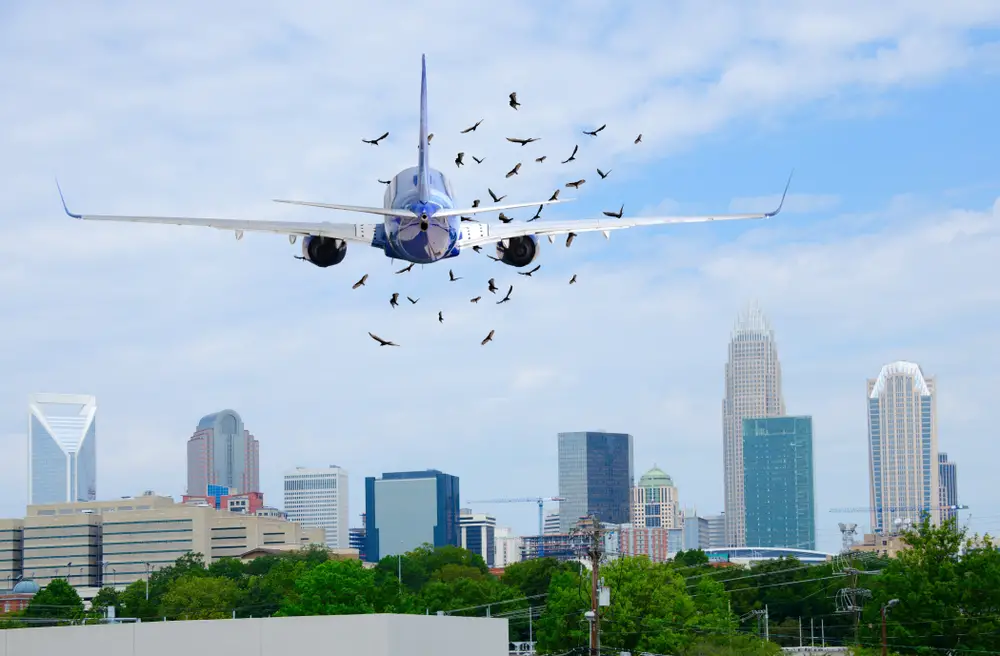
Bird strikes aren’t just a rare inconvenience—they’re a growing and costly problem. Every year, thousands of bird strikes are reported worldwide, with many leading to serious damage to aircraft. In the U.S. alone, bird strikes cost the aviation industry an estimated $500 million annually in repairs and delays. And those are just the financial costs—passenger safety is also at stake.
One of the most infamous bird strike incidents occurred in 2009 when US Airways Flight 1549 struck a flock of geese, leading to an emergency landing in the Hudson River. Miraculously, everyone survived, but the event highlighted just how dangerous these encounters can be. Since then, airports have ramped up their efforts to prevent similar incidents, using radar systems, trained falcons, and even loudspeakers mimicking predator calls.
2. Some Birds Are Attracted to Airports—And That’s a Huge Problem
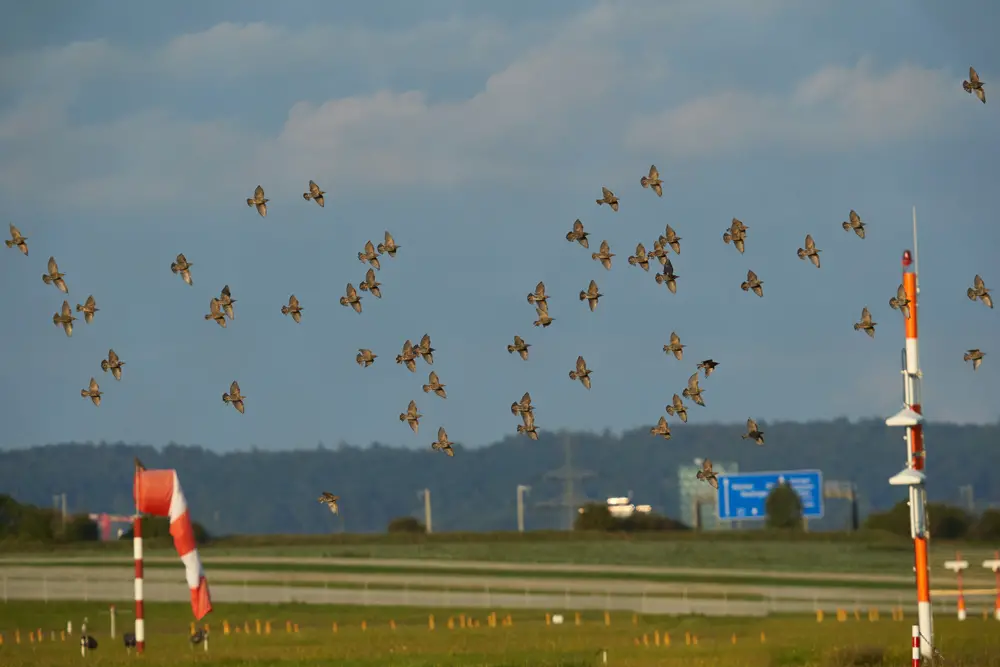
You’d think birds would naturally avoid busy airports, but for many species, runways are surprisingly attractive. Open airport fields resemble their natural habitats, providing plenty of space for feeding and nesting. Large birds like gulls, geese, and raptors are drawn to these areas, increasing the risk of mid-air collisions.
Some airports are even near bodies of water, further encouraging flocks of birds to settle nearby. To counter this, airports are modifying their landscapes—planting less appealing vegetation, draining standing water, and installing netting to keep birds from nesting. These efforts help discourage birds from making airports their home while keeping them safe in their natural habitats.
3. Bigger Planes Mean Bigger Bird Strike Consequences
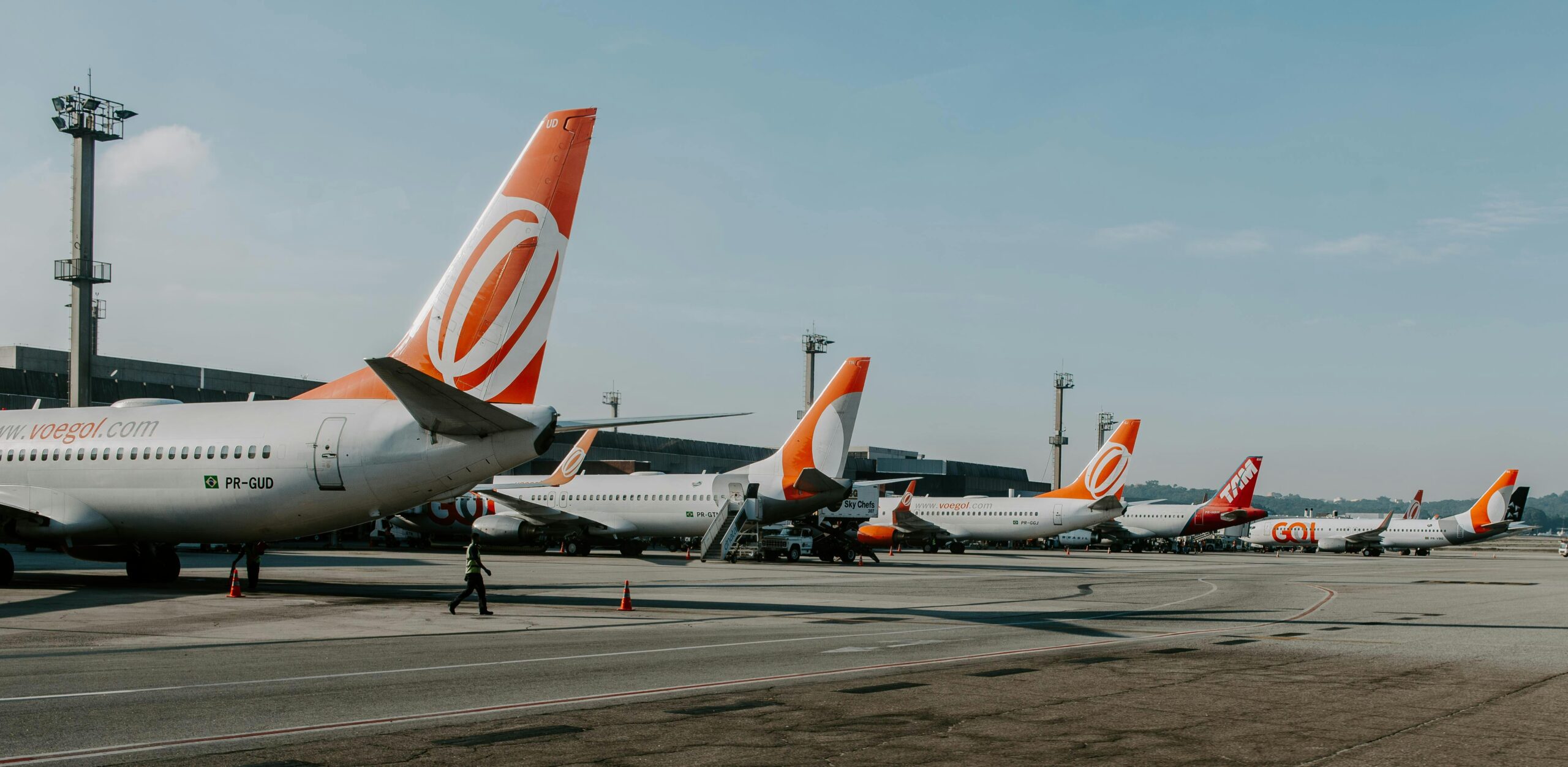
Modern aircraft are larger and more powerful than ever, but that doesn’t make them immune to bird strikes. In fact, larger planes often create stronger air currents that can suck birds directly into engines. The force of a bird hitting a plane at high speeds—sometimes over 500 miles per hour—can be catastrophic. Even small birds can shatter windshields or disable crucial sensors.
Larger planes also mean more passengers on board, raising the stakes of a bird strike incident. Engineers are working to develop more bird-resistant materials and engines capable of withstanding impact. Some manufacturers are even designing windshields with reinforced layers to prevent cracking upon impact.
4. Nighttime Bird Strikes Are Especially Hard to Prevent
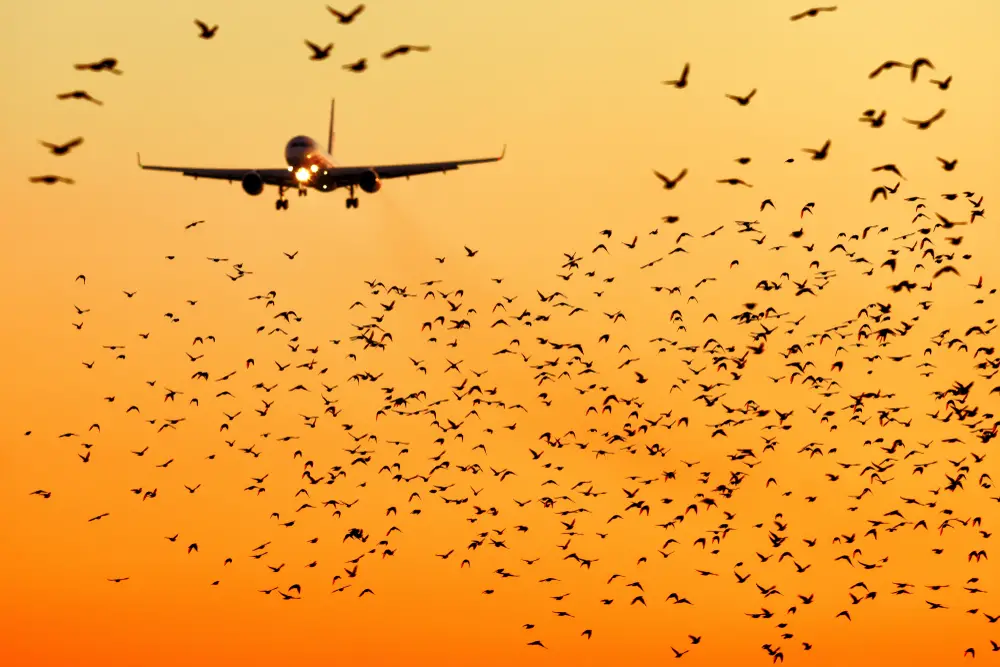
While most bird strikes happen during the day, nighttime collisions are harder to detect and prevent. Birds migrating at night often follow artificial lights, which can lead them directly toward airport runways. Pilots may not see these birds until it’s too late, making nighttime strikes particularly dangerous.
To combat this, airports are experimenting with lighting systems designed to deter birds rather than attract them. Some facilities use pulsing lights or infrared technology to disrupt birds’ flight paths. Others have started dimming unnecessary lights at night to reduce confusion for migrating birds.
5. Climate Change Is Pushing More Birds Into Airport Zones

As climate change shifts migration patterns, birds are showing up in places they never used to be. Warmer temperatures and habitat loss are forcing many species to find new feeding and breeding grounds. Unfortunately, this often means airports become unintended refuges for displaced birds.
Some regions are experiencing an increase in certain bird populations due to shifting seasons. Airports are responding by working with wildlife experts to track bird migrations and adjust their deterrence strategies accordingly. Understanding these changes allows airports to anticipate bird movement and take preventive action before problems arise.
6. High-Tech Bird Radar Is Changing the Game
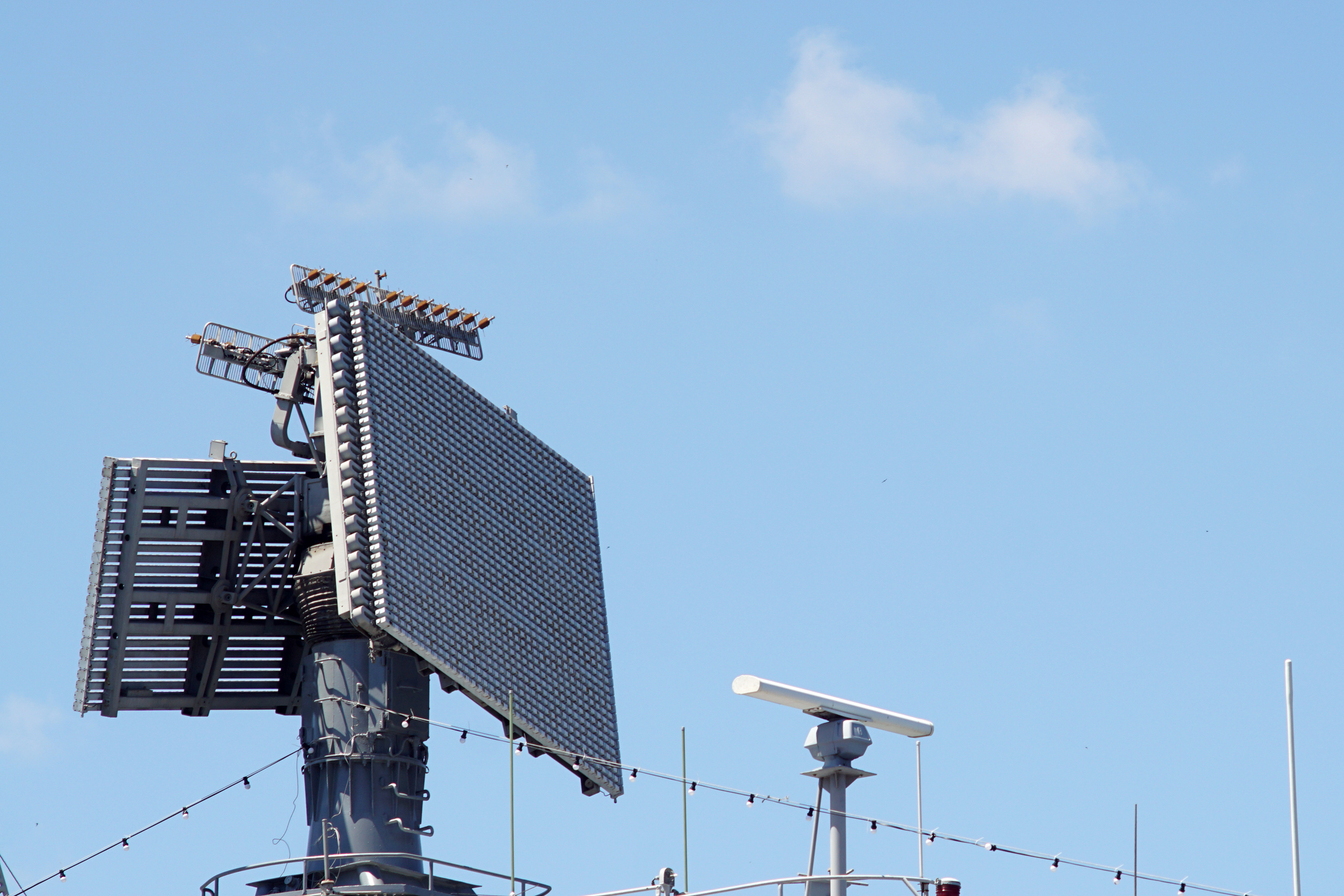
One of the most promising developments in bird strike prevention is the use of bird radar. These advanced systems can detect birds in real time, tracking their flight paths and predicting potential collision risks. This allows air traffic controllers to warn pilots and delay takeoffs if necessary.
Some radars even integrate with automated deterrent systems, activating alarms or flashing lights when birds get too close. By using radar, airports can respond quickly and efficiently, reducing the chances of unexpected bird encounters. This technology is becoming a game-changer for airports dealing with high bird activity.
7. Trained Raptors Are Scaring Off Problem Birds
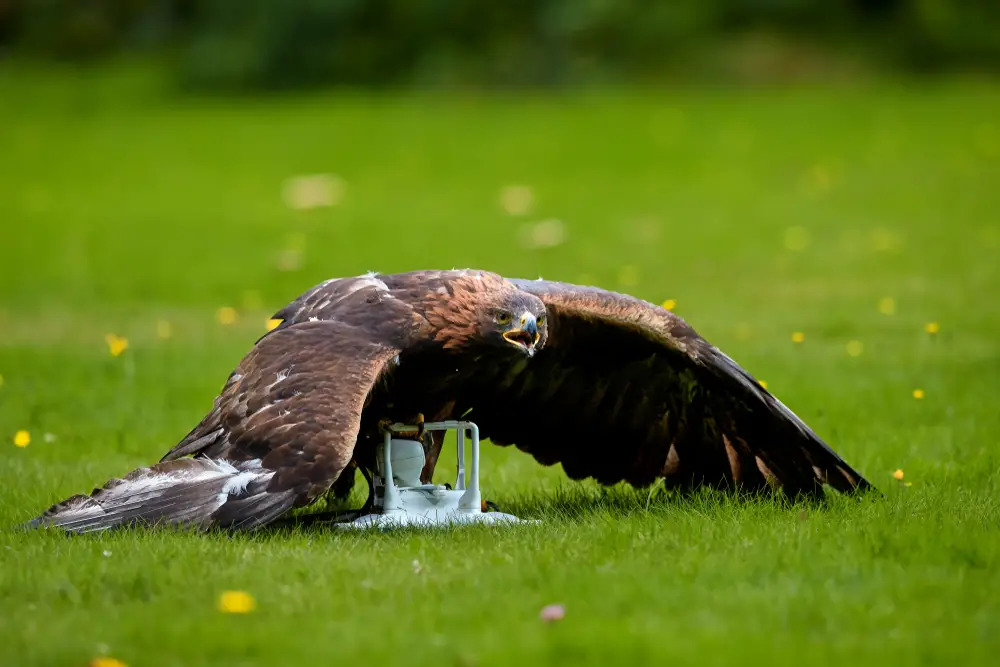
One of the most creative ways airports are dealing with bird threats is by using trained raptors—like falcons and hawks—to scare them away. These predatory birds are natural hunters, and when other birds spot them near an airport, they quickly flee the area. Unlike loud noises or flashing lights, raptors provide a biological solution that plays into birds’ natural instincts.
Some airports hire professional falconers to patrol runways with their birds of prey. These falcons don’t actually hunt—they just act as an intimidating presence. This method has been incredibly successful, especially in areas where flocks of seagulls or pigeons gather. Plus, it’s an eco-friendly way to keep birds at bay without harming them.
8. Airports Are Using Lasers to Keep Birds Away
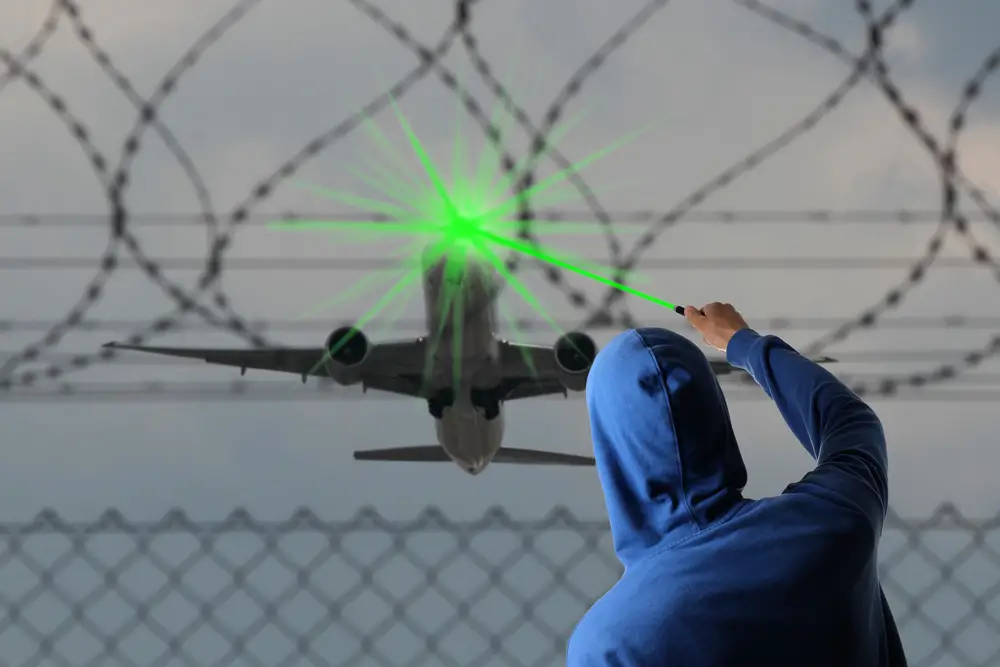
Lasers might sound like something out of a sci-fi movie, but they’re actually proving to be a valuable tool for deterring birds. Many species are frightened by certain types of laser lights, especially green ones. When birds see a moving laser beam on the ground or in the sky, they often interpret it as a predator’s movement and take off.
Airports are now deploying laser technology to keep birds away from runways and taxiways. These systems can be automated, covering large areas without human intervention. Unlike loud noises, lasers don’t disrupt the surrounding community, making them a preferred choice in urban airports.
9. Artificial Intelligence Is Helping Predict Bird Movement

Artificial intelligence (AI) is revolutionizing bird strike prevention by analyzing flight patterns and predicting where birds will be. AI-powered software can process massive amounts of data from weather reports, migration maps, and real-time bird tracking to identify high-risk times and locations.
Some airports have integrated AI into their radar systems, allowing them to anticipate bird movements before they become a problem. This technology helps airports take preventive measures, like adjusting flight schedules or activating deterrents at the right moment. The more data AI gathers, the smarter and more effective these systems become.
10. Sonic Deterrents Mimic Bird Alarm Calls
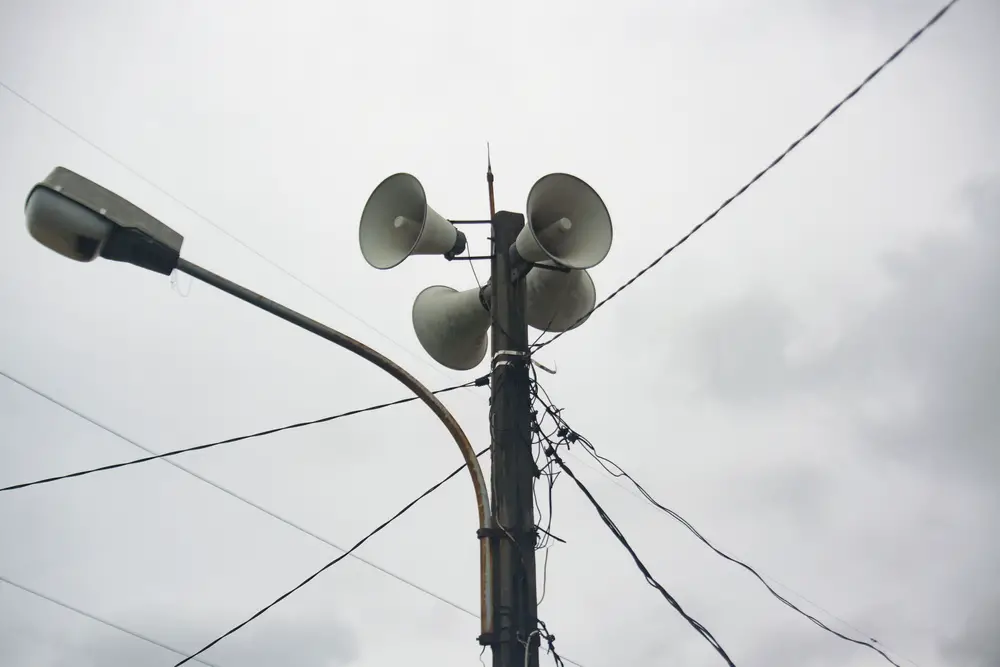
Many birds have built-in warning systems—specific alarm calls they use to signal danger. Scientists have found ways to record and reproduce these distress calls, tricking birds into thinking a predator is nearby. When airports broadcast these sounds, flocks of birds instinctively clear the area.
Some systems even mix in other intimidating noises, like the calls of predatory birds or the sounds of approaching storms. The key is to vary the sounds frequently, so birds don’t get used to them. This method has been especially effective in keeping nuisance birds like starlings and gulls away from runways.
11. Habitat Modification Is Making Airports Less Appealing
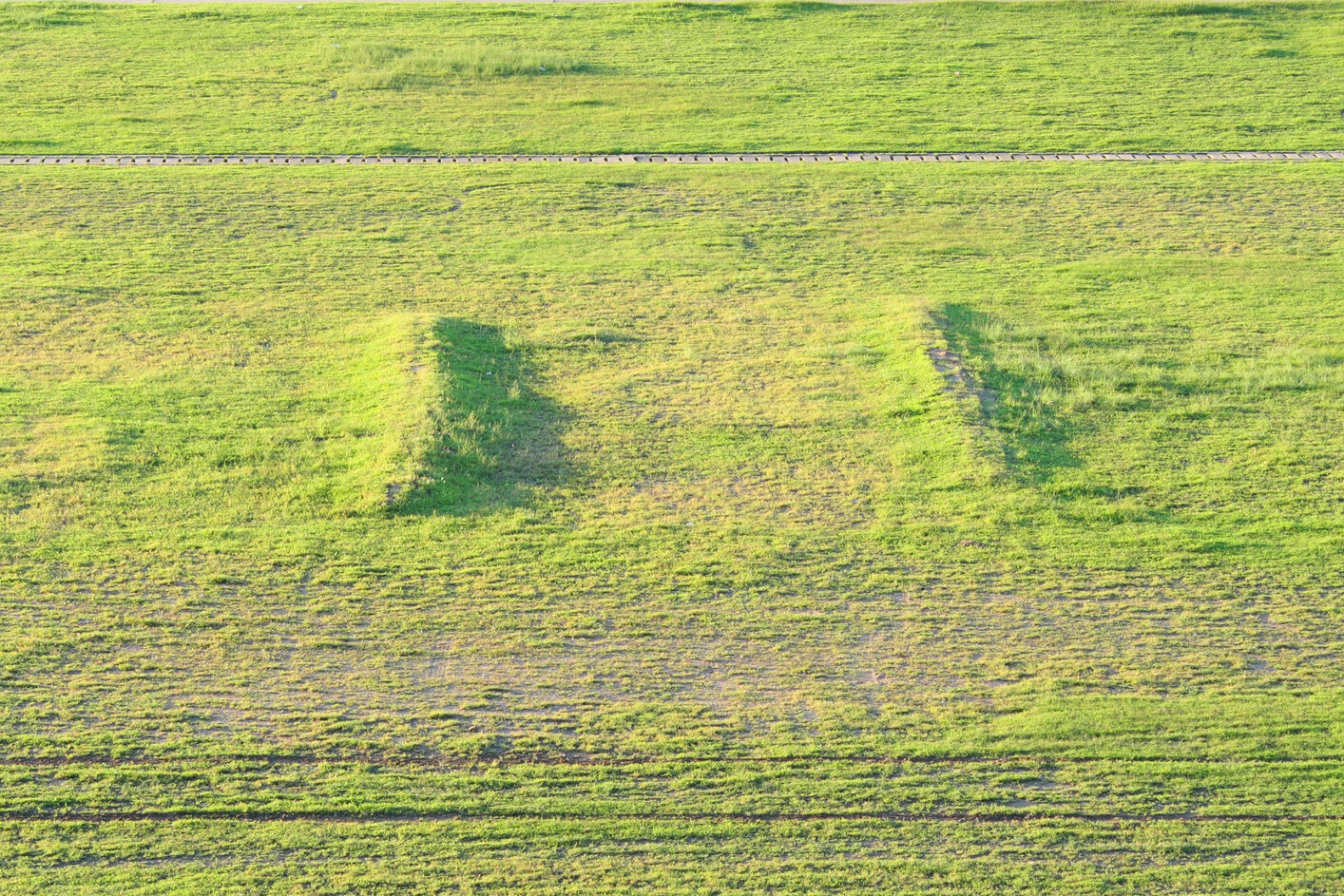
Birds are drawn to airports because they often mimic their natural habitats. Large open fields, water sources, and food waste can all attract flocks. By modifying these environments, airports can make themselves less appealing to birds without needing extreme measures.
Some airports are planting less palatable grass species, filling in ponds, or using barriers to prevent birds from landing. Even something as simple as improving waste management—securing garbage bins and limiting food scraps—can make a big difference. These small adjustments go a long way in preventing birds from seeing airports as a prime spot to settle.
12. New Aircraft Designs Are Being Built to Withstand Bird Strikes
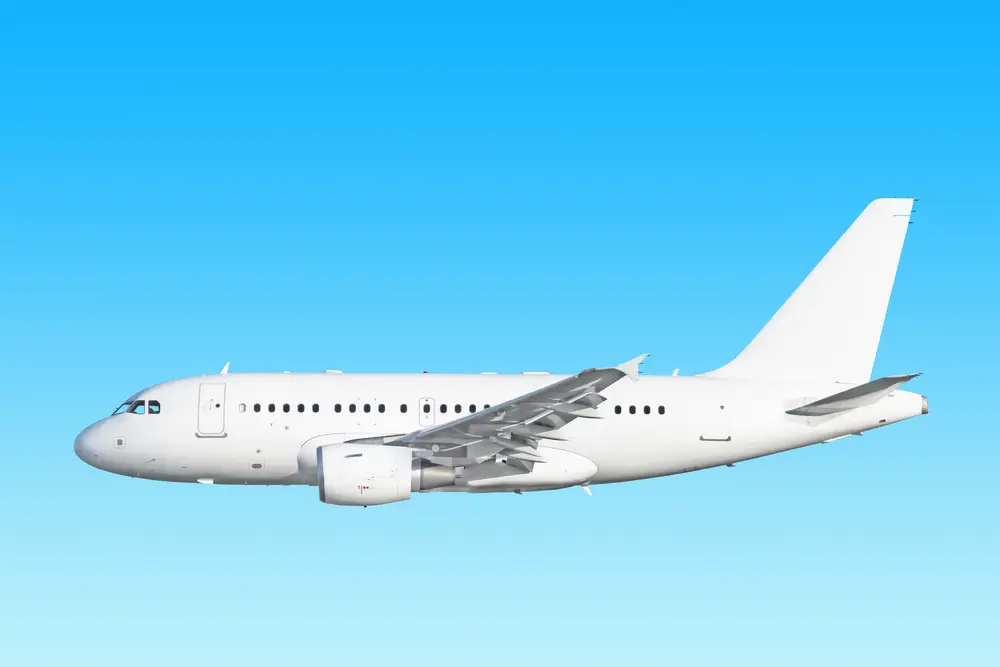
Aircraft manufacturers are stepping up their game by designing planes that can better withstand bird strikes. Modern jet engines go through rigorous testing, including firing artificial birds at them to ensure they can survive an impact. Stronger windshields, reinforced wings, and smarter aerodynamics are all being explored to minimize damage from bird collisions.While these advancements don’t prevent bird strikes, they do help reduce the risks when they occur. Some companies are even experimenting with sensors that detect and deflect birds mid-flight. If these technologies become widespread, they could significantly lower the danger birds pose to aircraft.


